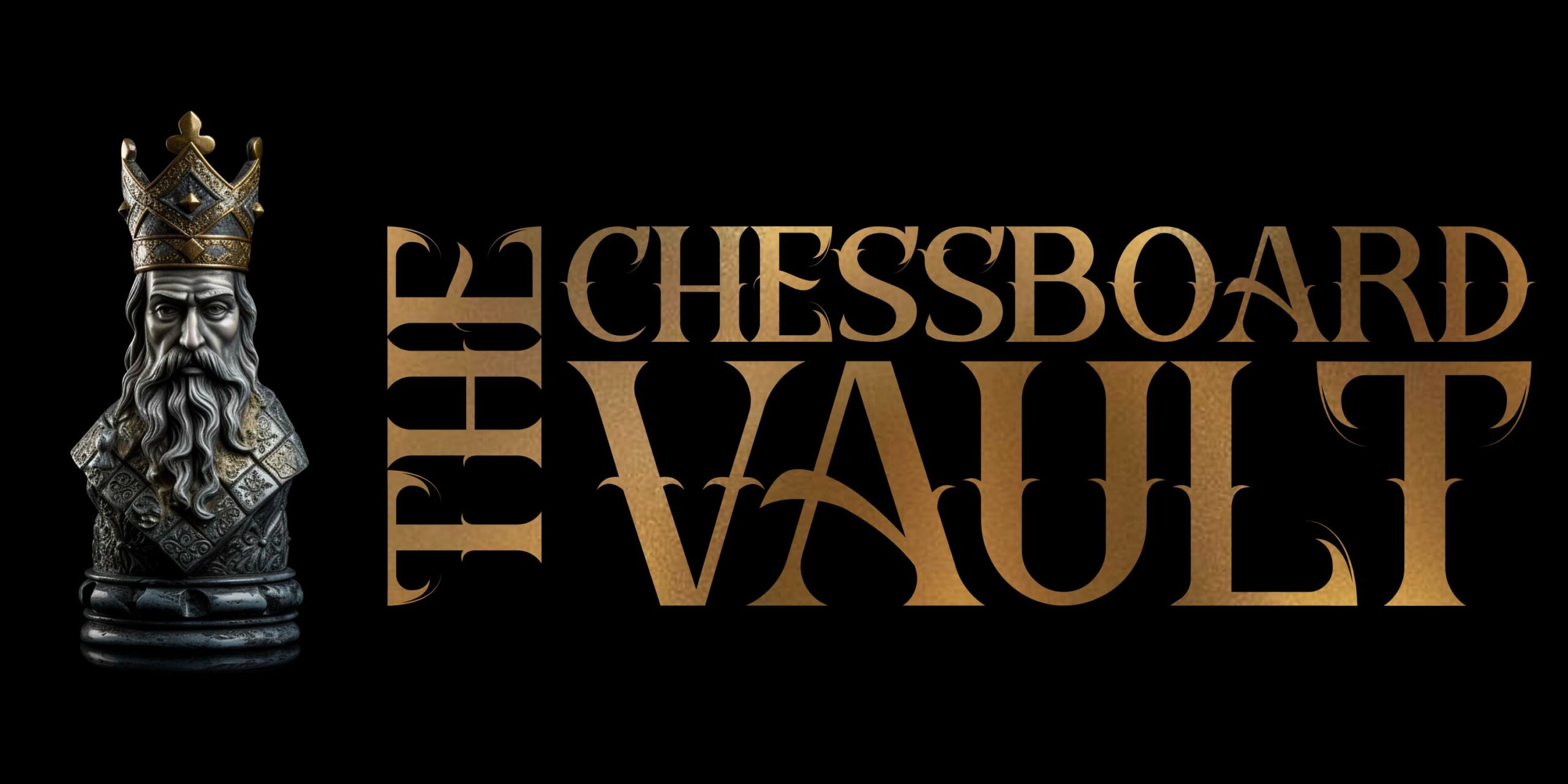Speed chess, a rapid variant of the traditional game, captivates players and audiences alike with its brisk pace and intense strategy. This article explores the intricacies and appeal of speed chess, aiming to engage both novices and seasoned players.
Introduction to Speed Chess
Speed chess, also known as blitz chess, is a fast-paced version of chess where each player has a limited amount of time to make all their moves. The time constraints vary, but commonly, each player has 3 to 5 minutes for the entire game. This time control transforms the classic game into a thrilling race against the clock, emphasizing quick thinking and instant decisions.
The Rules of Speed Chess
The basic rules of chess apply in fast chess. However, the added element of time changes the dynamic significantly. Players must press their clock after each move, which stops their timer and starts their opponent’s. This leads to a frenetic and energetic atmosphere, often resulting in rapid-fire moves and dramatic finishes.
Strategy and Tactics
In fast chess, strategic depth intertwines with the necessity for quick decision-making. Players often employ aggressive tactics, seeking to unsettle their opponents or force errors under time pressure. Openings in fast chess are usually aimed at gaining quick advantages or leading to familiar positions that require less time to think.
Psychological Aspects
Speed chess tests not only chess skills but also mental fortitude. The pressure of the ticking clock can lead to anxiety and hasty decisions. Successful fast chess players often exhibit excellent nerves, concentration, and the ability to stay calm under pressure.
Equipment and Time Controls
Specialized chess clocks are used to monitor the time. These clocks have two faces and buttons to stop one clock while starting the other. Time controls in fast chess can vary, but common formats include 3-minute, 5-minute, and 1-minute (bullet chess) games.
Speed Chess vs. Traditional Chess
While traditional chess allows for deep analysis and careful planning, fast chess rewards quick thinking and adaptability. The fast pace leads to more tactical battles and less emphasis on long-term strategic planning.
Training
Training for speed chess involves not only studying chess theory but also practicing quick decision-making and pattern recognition. Many players use online chess platforms to play and analyze rapid games, honing their skills against a diverse range of opponents.
Competitive Play
Speed chess has a vibrant competitive scene. Many tournaments include fast chess as a component, and there are events dedicated solely to this format. The World Blitz Chess Championship, for instance, attracts the world’s top players.
Fast Chess and Technology
The advent of online chess platforms has revolutionized fast chess. Players can compete against others from around the world in real-time, making the game more accessible and popular than ever.
Prominent Speed Chess Players
Historically, many chess grandmasters have excelled at fast chess. Notable figures include Bobby Fischer, Garry Kasparov, and Magnus Carlsen, each known for their formidable fast chess skills.
Conclusion
Speed chess offers a dynamic and exciting variant of the classic game. It appeals to those who enjoy the cerebral challenge of chess but prefer a faster and more intense experience. As fast chess continues to grow in popularity, it remains a testament to the timeless appeal of chess, adapted for a modern audience.

